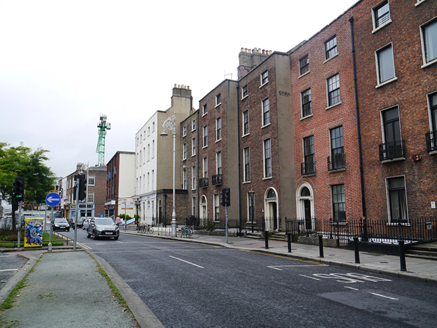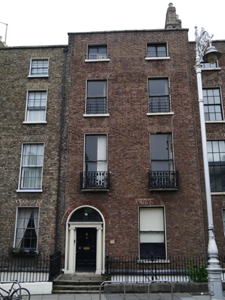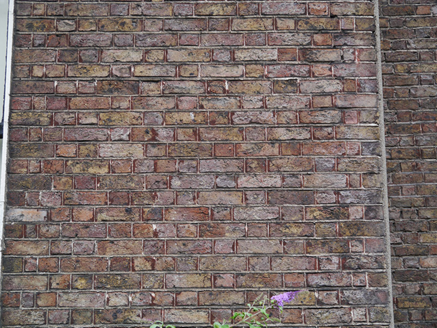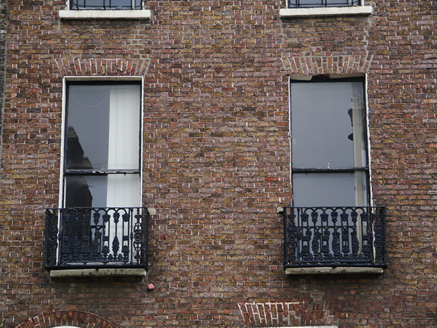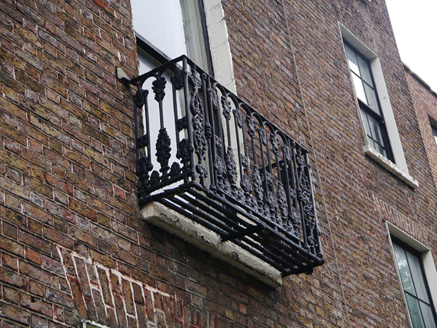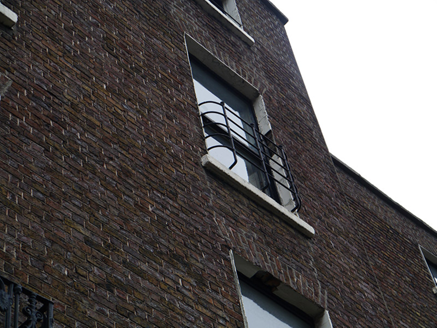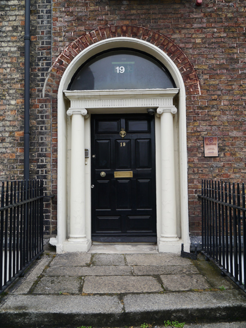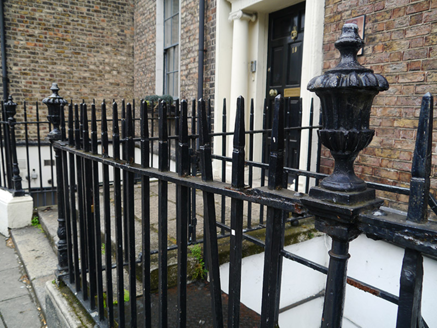Survey Data
Reg No
50100467
Rating
Regional
Categories of Special Interest
Architectural, Artistic
Original Use
House
In Use As
Office
Date
1790 - 1830
Coordinates
316535, 233348
Date Recorded
15/07/2016
Date Updated
--/--/--
Description
Attached two-bay four-storey former house over basement, built c. 1810, having two and three-storey abutments to rear. Shallow-pitched slate roof to front, behind brick parapet with granite coping; flat roof to rear; two shouldered rendered chimneystacks with terracotta pots; concealed rainwater goods. Flemish bond red brick walling with wigged pointing over painted smooth-rendered basement; rendered to rear. Square-headed window openings having gauged brick heads, patent reveals and painted masonry sills (except granite sills to first floor). One-over-one pane timber sliding sash windows to all except top floor, latter having side-hung timber casement windows; rear east bay has four-light window to top floor and tripartite below, with casement to second floor and timber sash to first floor, and west bay has round-headed stairs window. Cast-iron balconettes to first floor and wrought-iron window-guards to second floor. Round-headed door opening, having pole-moulded stucco surround, inset Ionic doorcase, fluted entablature, replacement fanlight and eleven-panel timber door with brass furniture. Granite paved platform with boot-scrape and three steps to street level. Entrance platform and basement area enclosed by wrought-iron railings with cast-iron corner posts on moulded granite plinth. Rear enclosed by recent apartments.
Appraisal
No. 19 Baggot Street Lower is sited within a well-preserved group of late Georgian houses lining the north side of the street. It and its immediate neighbour to the west stand back slightly from the rest of the street-line to the west, but forward of those to the east, marking a change in the street-line. The building has an original aspect, with salient features, including its Ionic doorcase, decorative iron balconettes and window-guards, and retains timber sash windows. The setting to the street also has an intact appearance. The building thus makes a worthy contribution to the architectural heritage of Baggot Street Lower and the wider Georgian core of south Dublin. The development of this street was planned in the late 1780s and approved by the Wide Streets Commissioners in 1791. Characterized by rhythmic proportions and graded fenestration, the austere and relatively modest facades of the row are aggrandized by the width of the tree-lined street, as the building line steps back considerably from No. 18 to the west, expanding to a breadth of 30m (100ft)
